Retired in Rome Journal: Cinque Terre is five beautiful reasons to follow a beaten path

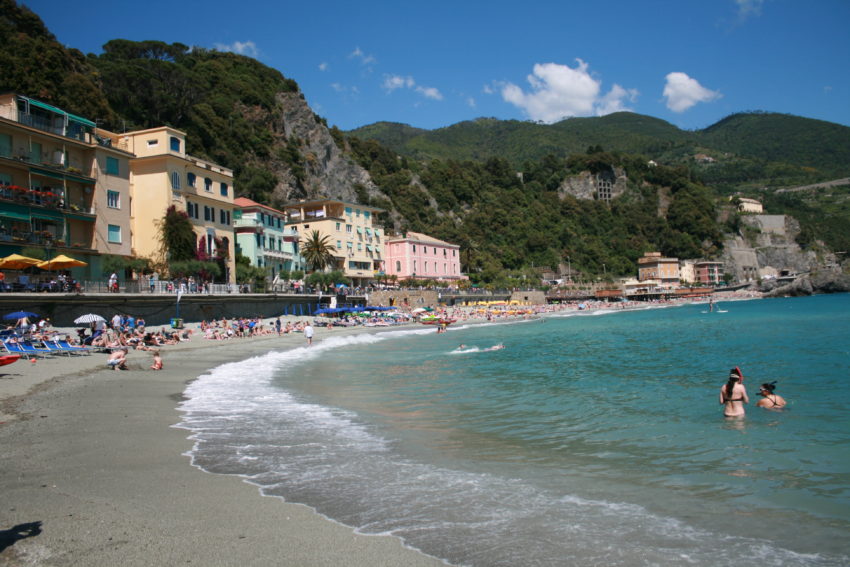
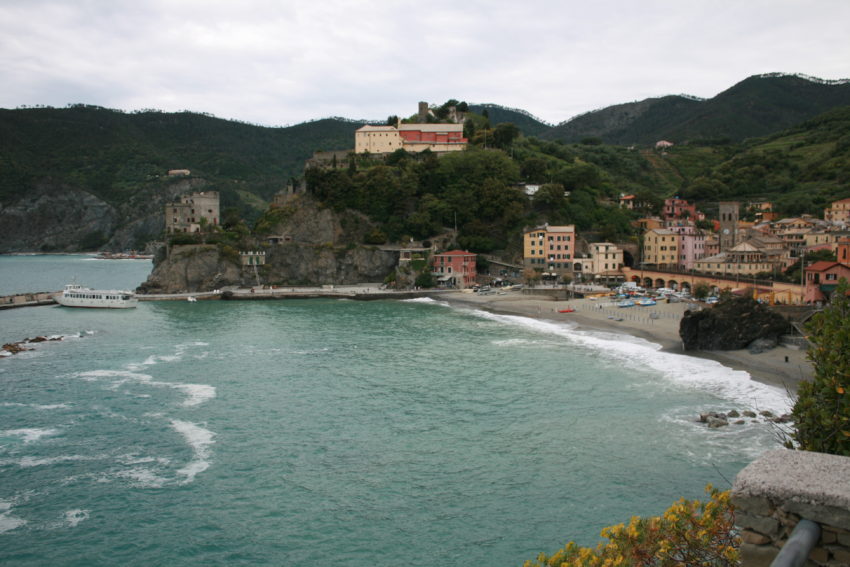
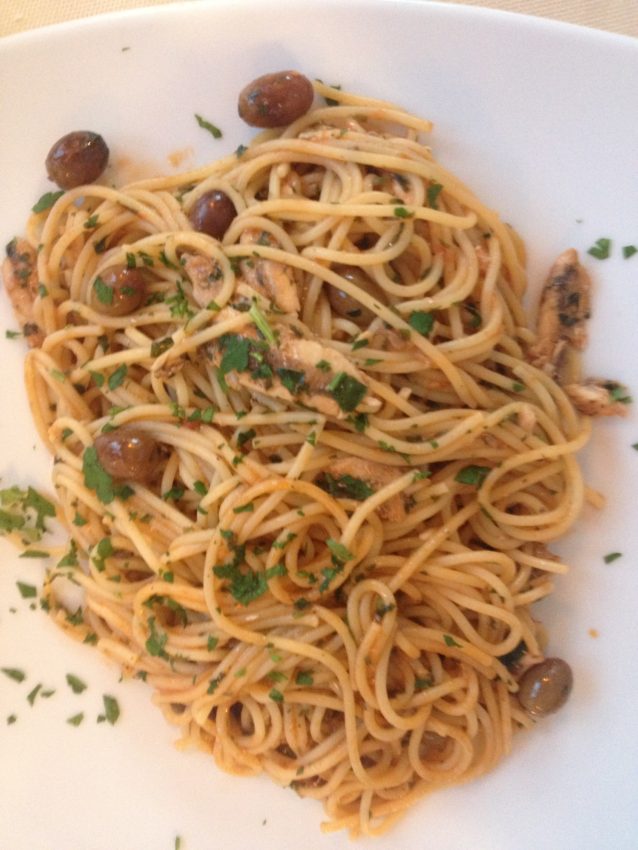
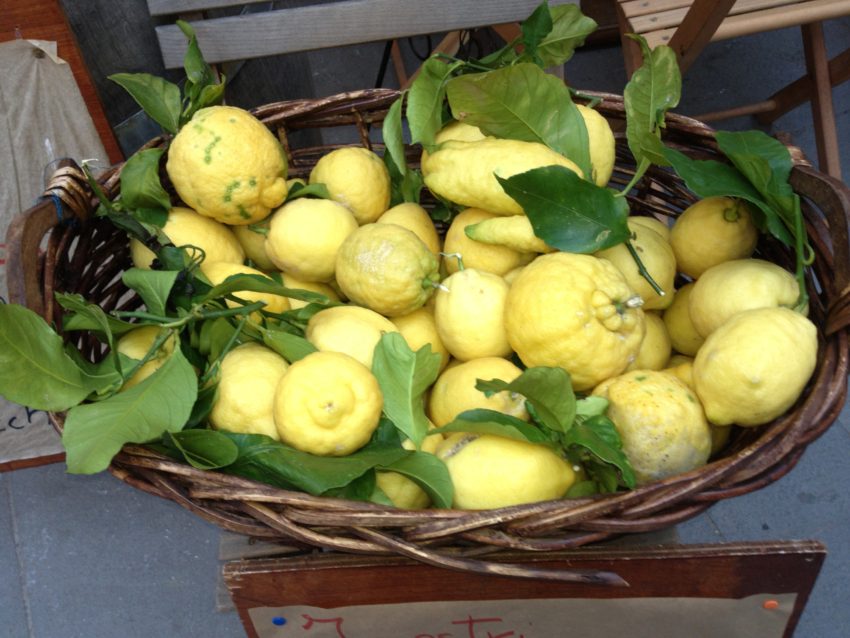
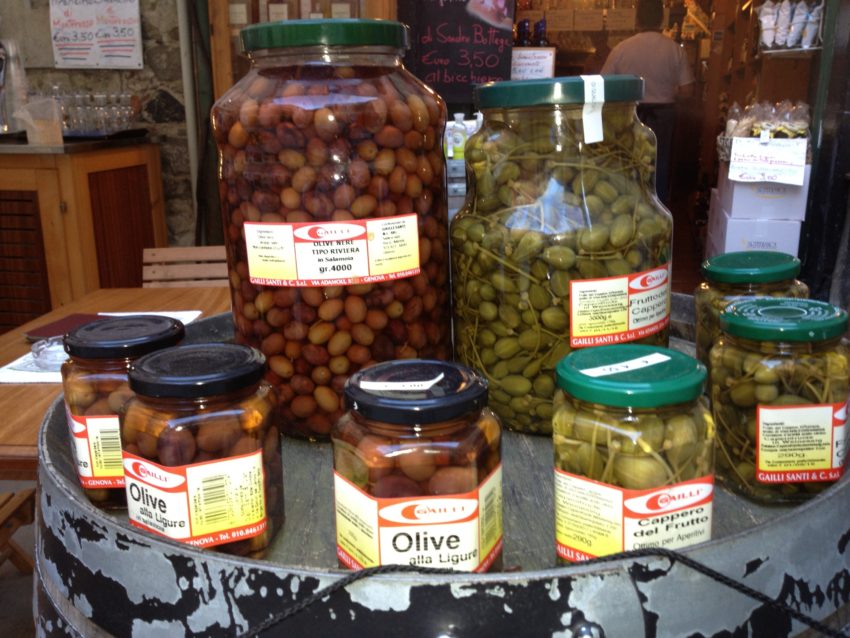
MAY 19
MONTEROSSO, Italy — Cinque Terre is one of those pilgrimages American tourists take when they visit Italy. Like Muslims to Mecca and Catholics to the Vatican, Americans make this jaunt along the Gulf of Genoa as if it’s a requirement for passport renewal. Cinque Terre is made up of five seaside villages — in order, from west to east, Monterosso, Vernazza, Corniglia, Manarola and Riomaggiore — each separated by about three miles. Some of the tourist hotels along this beaten path have longer hikes through their lobby. However, I’ve learned through the years that there is a reason some places are real touristy.
They’re beautiful.
When you spend a leisurely morning walking along an azure sea to villages surrounding a tiny cove with centuries-old buildings clinging onto cliffs, don’t fight it. So I came here for my first time not concerned that from my seaside table I saw a middle-aged couple wearing matching Michigan State University T-shirts. I stopped counting the number of different Major League baseball caps. I think I saw every college T-shirt from the Atlantic Coast Conference. What do I care? I was sitting above a sandy beach with a calm sea creeping up the fine brown sand.
May and September are the ideal months to visit and here’s why: The weather could not have been better for hiking. It’s low 70s, bright sunshine and a nice breeze coming off the sea. You can hike all day in these conditions. With the hiking route short and as paved as a German autobahn, this is to exercise what Dunkin’ Donuts is to nutrition.
Monterosso is considered the ugly red-headed stepchild of the five towns. It’s the only one with a beach. Despite having only 1,800 people, it’s not all that quaint as it’s spread out over a long stretch of the gulf with a concrete walkway serving as a human highway. In fact, it was briefly dropped from the Cinque Terre honor roll in the 1940s.
I emerged from under the tiny train station to be greeted by a throng of tourists in shorts of various levels of embarrassment. From surfing trunks the length of Georgetown basketball shorts to the banana hammock briefs favored by aged Europeans and exhibitionists, tourists have already flooded this town. Stretching along the lengthy beach are gelaterias with artificially colored ice cream, souvenir shops selling aprons emblazoned with the map of Cinque Terre and waterside bars where glasses carry the neon orange spritz drink so popular with Italians.
Monterosso’s beach, however, makes it worth putting a towel down next to a pale whale wearing a New York Mets cap. The sand is lined with fancy blue lanais chairs, complete with a pull-up coverlet for a little shade. I eschewed the larcenous 7-euro-per-hour lanais for a tiny spit of sand between rows of lanais. The water is absolutely beautiful. It’s the royal blue of a spring Italian sky. It looks as refreshing as one of those tall Italian drinks I see held high at beach cafes.
But like Campari, the nasty tropical-colored Italian liqueur that looks like Kool-Aid and tastes like boat fuel, the Gulf of Genoa in May is deceiving. It is absolutely freezing. I meandered in and within five feet, with water only up to my calves, I realized why I was about the only person in the sea. It was shockingly cold. I’d estimate it was about 60 degrees. A quick dive underneath dispelled the theory that getting in all at once makes it warmer.
Later, I learned a new Italian phrase: “Mi si e’ restretto.” That’s the Italian term for “shrinkage.”
While Monterosso’s beach area is one of the best in Italy, it’s historical district is one of the nicest. This town was known for sending a good percentage of its male population to fight against Benito Mussolini and Nazi occupation. I found the Centro Storico by walking past the beach and through a pedestrian tunnel underneath the sprawling 17th century Convent of the Cappuccinos. The windy alleys are twice as narrow as those in Rome’s Centro Storico and twice as quiet, maybe because it seems miles from the pedestrian rush hour of Via Fegina along the beach. I stopped at a tiny enoteca and had a crisp glass of Vermentino from Cinque Terre’s Liguria region. A barrel sporting a half dozen bulging jars of olives and a basket full of fat, ripe, bright-yellow lemons enclosed me to the tiny store where a stocky, gray-haired mustachioed waiter gave me a short lesson on Ligurian wine. It’s all dry. It’s way too cold to make anything sweet and the whites are much better than the reds.
Cinque Terre is better known for anchovies. Anchovies are famous for being the first deal breaker on an American pizza. In Monterosso, where they are especially prized, restaurants have entire menus of anchovies, called “acciughe.” Boiled acciughe. Stuffed acciughe. Fried acciughe. I had spaghetti acciuga at La Marina, where I sat on a patio enclosed by plastic windows to ward off the growing chill. In spaghetti, acciughe is made into a yummy sauce with just enough salt to make parmesan a no-no. Little tails of acciughe, about the size of your little finger from the knuckle down, hide underneath the noodles. It was quite good and made up for the indifferent waitress who scoffed back to the kitchen when I turned away its disgusting house Ligurian wine.
But as I walked out through Piazza Garibaldi, through the tunnel and back to the sea, I gazed down at the now empty beach. The moon reflected off the outcropping of rocks and the lights of quiet caffes put the narrow Via Fegina in a romantic light.
And me in a very romantic mood.

